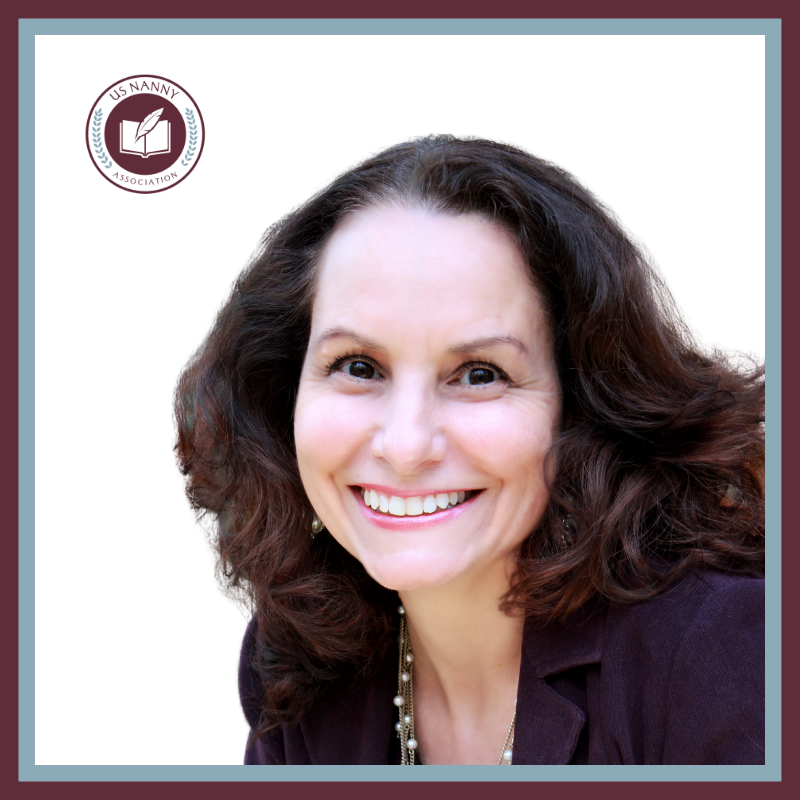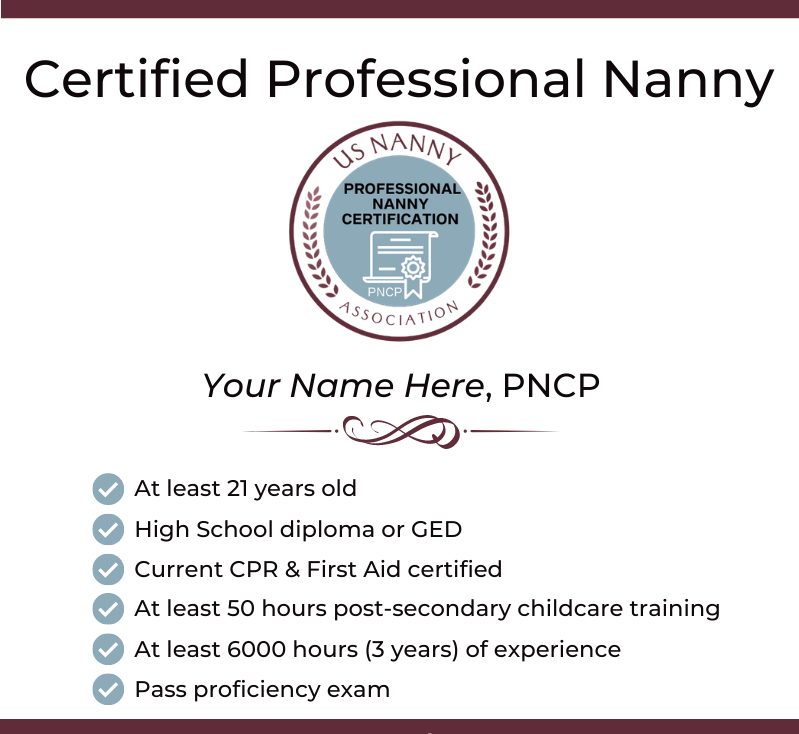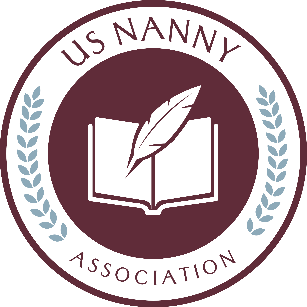Play As a Prescription: Your Nanny Brain Needs Fun Too
By Dr. Linda Karges-Bone
“Play is our brain’s favorite way of learning.” Diane Ackerman
Once the foundational strategy for early childhood, play has become the fashionable health choice for adults. Studies line up and research suggests that for adult brains, especially those with some seniority, play is not a luxury but a downright necessity.
According to Dr. Stuart Brown Director of the National Institute for Play: “Play is something done for its own sake,” he explains. “It’s voluntary, it’s pleasurable, it offers a sense of engagement, it takes you out of time. And the act itself is more important than the outcome.”
In a best-selling book, Overwhelmed: Work, Love and Play When No One Has the Tim, author Brigid Schulte explores the delicate balance between work and play in the prefrontal cortex. Play triggers creativity, which strengthens the front of the brain and downplays the negative impact of structures like the amygdala. I think the word NEW outlines the rationale for adult play.
N….Neurogenesis
The hippocampus in the adult brain produces 1400 fresh, new Neurons ( brain cells) daily and that amount does not seem to decline much with age. New events and sensory stimulation may play a role in prompting neurogenesis, which is essential for healthy aging.
E…….Experiential Learning and Episodic Memories
These two “E Words” are essential to understanding the rationale for adult play. First, we learn best by doing, that is engaging in experiences that are sensory and fulfilling. Finally, when the limbic system of the brain is tapped during an experience, either in a traumatic or joyful way, the experience sticks in long term memory, creating an “episodic memory. The scent of mulled cider during an Autumn board game session. Feeling the sticky texture of bubble mixture and the warm sun while dipping empty strawberry baskets and making giant bubbles. These experiences, rich with texture and tang trigger episodic memories.
W….White Space
A psychological term used to define unstructured time in which the brain can be creative. Adequate white space is essential for all brains, but especially senior brains that can be assaulted by medications and other toxins, such as the stress hormone cortisol.
Let’s Play
Pass the Play Dough Please
Play dough is not just for pre-school. The color and texture delight all brains and working the dough is excellent for strengthening aging muscles and joints and for rehab in general. At your next gathering or meeting, put waxed paper down on a work space and supply rolling pins, cookie cutters, and other craft tools and allow free play.
Bubbling Over With Fun
I use bubbles routinely in corporate creativity sessions. A bottle of bubbles in the center of each table seems to free up stiff minds when executives are instructed to blow some bubbles when they want to share an idea with the group. In a less structured setting, like a cocktail party or cook out, take it outside and fill buckets with a mixture and use empty berry baskets to make the bubbles.
Egg-Cellent Activity Time
In my book “Brain Tips”, I recommend using colorful, plastic eggs for creative and critical thinking in middle grades. Seniors, and not those in high school, love them as well. Here are a few strategies:
- Put an interesting word in each egg. Use simple “post it” notes and print the words in large scripts. Then, instruct participants to find someone with an egg of the same color and attempt to use both words in a sentence that makes sense.
- In another version of “match the color”, put numbers in the eggs and then instruct participants to add/subtract/multiply/ or divide with their pair of numbers.
- You can also put famous sayings or events in eggs and their matching “people” in eggs of the same color.
Chalk It Up to Play
Using large, colorful pieces of sidewalk chalk evokes playful feelings just by holding them in one’s hands. There are several simple ways to stimulate creative thinking and relaxation with this tool. You can:
- Give out individual chalkboards and create one’s name in color
- Draw on black or dark blue construction paper
- Use stencils with sidewalk chalk to make decorations for an upcoming holiday, such as starts for a patriotic day or a winter celebration
Wrapping up this playful piece, remember that the adult brain at play seeks three things: novelty, social interaction, and a break from competition. Keep your playdates relaxed, innovative, and social and the cognitive and creative results will be inspiring.
Dr. Linda Karges-Bone is retired professor of Teacher Education at Charleston Southern University and an author, media personality, and creative. Find out more at www.educationinsite.com


We want to thank all the nannies, advocates and business leaders who provide practical tips and insight to elevate our industry. Thank you for sharing your expertise.
The US Nanny Association issues the highest certification requirements in our industry as they require training, work experience, passing an industry exam, a background check and current CPR and First Aid:
- Certified Nanny
- Certified Newborn and Infant Professional
- Certified Professional Nanny
We want to thank all the nannies, advocates and business leaders who provide practical tips and insight to elevate our industry. Thank you for sharing your expertise.
